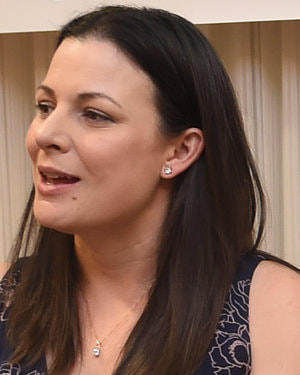Kate attended UCLA for her teaching credential and Masters Degree in Education, and later attended UC Irvine for a second Masters in English Literature. As an undergrad, she worked in a Title I elementary school with mostly Spanish speaking students. At that time, she realized she was not really cut out to be an elementary teacher. What she did see, however, was the the many inequities that language learners faced. That was when she decided she wanted to make a significant difference in the students she would eventually teach.
Kate did her student teaching at Crenshaw and Dorsey high schools, in the heart of the inner city of Los Angeles. Once she completed her student teaching, she was immediately hired at Locke High School in south central community of Watts, which was the epicenter of the Los Angeles riots in 1965 and 1992 . At the time of the riots, Watts was primarily an African American community. Over the past 20 years, the population shifted from the historically African American neighborhood to a community where a majority of the families come from Honduras, El Salvador, Guatemala, Mexico and even China.
When Kate began teaching at Locke, the school was considered to be one of the worst schools in Los Angeles. The school was run down, the walls of the neighborhood were covered with graffiti, apartment windows covered with bars and the walls of the school were covered with squares of paint that still “redact” the graffiti beneath. She spent the weeks before the opening of school that fall washing walls that had not been sufficiently cleaned in years. She scrubbed and waxed the floors and created bright and warm bulletin boards. She made the classroom an inviting home that she and her students could be proud of and that became a warm, safe and welcoming place for students to hang out and learn. Kate created an oasis her students viewed as different from most of the other classrooms on campus.
“Her first two years at Locke were difficult. The students at Locke lived in traumatic, life and death situations and many came to school angry and scared. Of all the students in Los Angeles, they were the ones who needed the very best teachers possible. They needed teachers who believed in them and who would take the time to really teach them. They had spent too many years being told they would not amount to much. Kate attempted to conduct her classes in a way these students had not experienced before. She brought structure and assignments that required them to think, to write, to speak aloud and to discuss literature they had never heard of. She created expectations for them that required they be actively engaged in learning and not passive receptacles of meaningless busy work. However, as she struggled, reflected on her teaching, and determined if she was going to be successful, she needed to be a much better teacher in order to make a difference.
Kate first joined the UCLA writing project to learn more about becoming a better writing teacher. As she applied what she was learning in the writing project, she also encouraged three of her colleagues at Locke to join her in going through the National Board Certification process, so they could improve the quality of teachers on their campus. Kate already had her Masters in Urban Schooling and Pedagogy from UCLA, but she felt she needed more. She went on to UC Irvine to get her Masters in English Literature. Each of these experiences gave her more and more confidence as a teacher.
Kate saw an opportunity to allow students to express themselves more freely and share their learning with a larger community. In the world of the tremendous difficulties her students faced each day, she determined that materials that related to the daily lives and experiences were needed to supplement the outdated texts she was given. Kate set forth on a path finding and using materials relevant to the personal realities of the students in order to develop their academic skills. In her heart, she knew if her students could relate to the content of what they read and discussed, it would be the key to their acceptance of a more academically rigorous classroom.
Ultimately.. Kate became much less of a “teacher” and more of a director, moving and guiding students toward discovery and investigation to increase their interest and learning. She allowed students to engage one another in discussions about topics or concepts before sharing in a large group. She forced them to take opposite sides of their personal beliefs to argue a position, and then asked them to argue against their arguments. Daily, active interaction became a key component to almost every class,
Kate finally learned how to teach. Her instinct led her through the first phase of her growth and her constant reflection on her practice guided her desire for continuous improvement. She was devoted to constantly work to strengthen and improve her practice. Her ability to develop functional and positive relationships with students was strong. They appreciated her efforts to find recourses for them and they appreciated the acceptance and safety in her classroom. Now was the time for the real work to begin. As she developed the relationships, she looked for the individual interests, strengths, desires and goals for each of her students. She made every effort to understand their social and emotional needs and tried to help them find their identity in their very high-stress world. She knew that if she understood these things, she could keep most of them from disconnecting from school.
Kate has worked in urban schools for over a decade. she has found that teachers and adults frequently overlook the incredible amount of potential in teenagers. She clearly believes what teachers see on the surface, at a particular moment in time in a student’s life, does not have to be the end of their story. Because so many teachers hold little hope for the students they are supposed to teach, they do not invest the time to get to know and understand their students. In her years at Locke, Kate has seen so many young people who should never have survived the trauma they experienced, go on to live happy and successful lives. Kate ignores the cynicism about “at risk” students and remains very hopeful for bright futures.
-Published 2018


